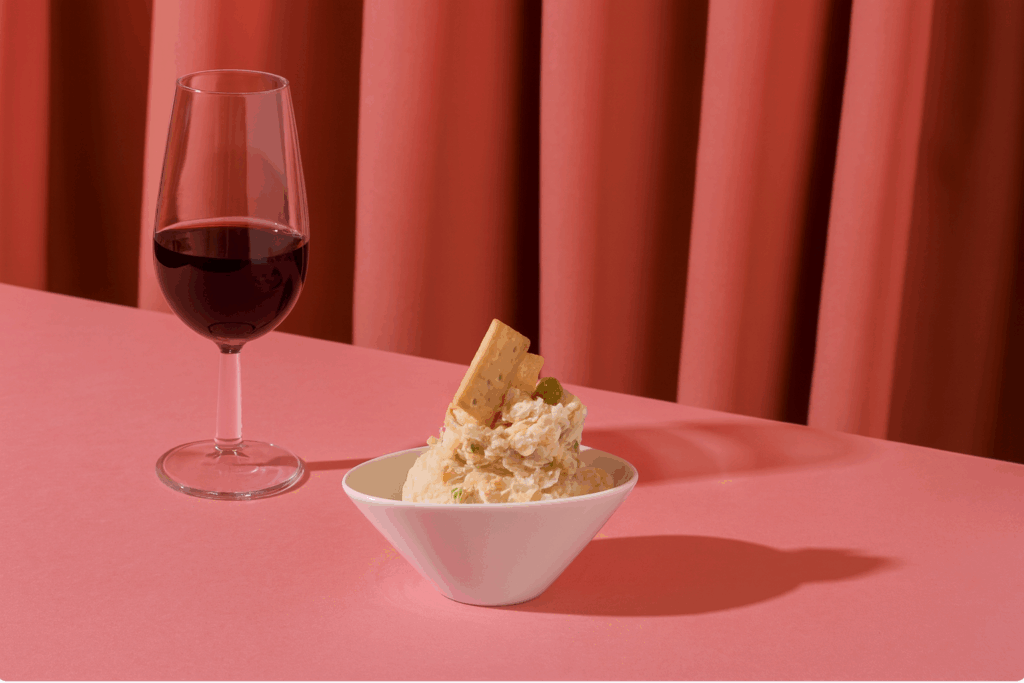Diners now have more options than ever before and superb food alone does not ensure a return visit. What keeps guests coming back is the way your restaurant makes them feel. The emotional connection is what converts a one-time customer into a repeat guest.
Nonetheless, many restaurant owners get caught up in the graphics, such as the logo, color palette, or menu design. These things are important, but without a coherent story or strategy, even the most elegant restaurant can be easily forgotten.
This guide will help you understand what restaurant branding is and share practical ideas you can apply right away.
What Is Restaurant Branding?
Restaurant branding is how guests experience your restaurant from the music playing to how your employees greet them. It’s the mood, the message and the promise your restaurants deliver every time. Think of it as your brand’s identity. It should express your mission, values and personality.
Most importantly, authentic restaurant branding fosters emotional connections. It’s what elevates a basic dinner into a remarkable experience and transforms your restaurant into a destination that people want to return to and speak about, possibly even trending on social media.
How Do You Brand a Restaurant?
Branding a restaurant starts with clarity and intent, it’s not a one-size-fits-all checklist. The most successful hospitality brands start with deliberate decisions that link their vision with guest expectations, corporate objectives, and market context. Let us lay down some fundamental steps in the restaurant branding process:
Establish a Clear Brand Goal
This is the emotional response you want your guests to have, whether it’s comfort, excitement, discovery, or luxury. Your brand purpose should guide everything from the words on your menu to the uniforms of your personnel.
For example, if your business is based on sustainability, your goal may be to persuade customers that ethical dining can be enjoyable. That goal becomes the guiding principle that shapes your tone of voice, package choices and design considerations.
Get to Know Your Market
Start by learning about your local customers’ habits, tastes, and reasons for visiting your restaurant. Are they families, foodies, or digital nomads? Use resources like as social media, feedback forms and surveys to gather insightful data.
If you skip this step, your offer may not align with what clients truly desire. Real data and empathy, not conjecture, are the foundation of successful restaurant branding.
Know Your Competitors (and Then Do It Differently)
Simply researching what your competitors are doing isn’t enough, you also need to spot what they’re not doing. Identifying gaps in your local or niche market is a key part of restaurant branding. That’s where your opportunity to stand out begins.
Shake Shack, for instance. When it originally started in the fast-food business, it didn’t strive to match McDonald’s speed or price. Instead, it leaned toward elegant casual dining and highlighted premium ingredients, thoughtful packaging and a warm marketing voice.
If you want to stand out, start by analyzing the branding strategies of your top 3–5 competitors. Look closely at their tone of voice, visuals, customer service style, loyalty programs, and digital presence. Ask yourself what gaps exist in their messaging and what story they’re not telling, because that’s where your opportunity lies.
Customize Menu Design and Offerings to Match Your Brand
Your menu isn’t just a list of dishes but it’s a branding canvas that shapes how guests experience your restaurant. Every word, layout choice, and image should reflect the feeling you want diners to walk away with. If you’re looking for a practical way to develop your brand strategy, the branding canvas offers a clear and simple framework to guide your thinking.
Are you presenting your restaurant as minimalistic? Intentional design, simplicity, and a clutter-free experience should be your main priorities, both operationally and aesthetically. With each choice a customer makes, a well-designed menu not only informs but also entertains, persuades, and strengthens the image of your restaurant.
Develop a Cohesive Visual Identity
Consider the first time a customer enters your restaurant. What do they perceive, experience, and recall? The first impression and the one that remains long after the meal is your restaurants visual identity.
Every visual component of a restaurant’s branding, including the logo, signs, uniforms, packaging, and lighting, should have a sense of coherence.
Consistency is more important than appearances. Think about the following queries when creating your visual identity:
- What colors match the mood of your brand (e.g., earthy for farm-to-table, bold for street food)?
- Is your photography style consistent across web, print, and social?
- Are your staff uniforms aligned with your brand tone (e.g., branded aprons for artisanal brands, sleek black for upscale lounges)?
Optimize Restaurant Branding on Your Website
Your website is often the first taste of your restaurant brand. A poll by PR Newswire found that nearly 70% of U.S. diners say a website has discouraged them from visiting and 62% of respondents stated that a restaurant’s website has affected their choice to order takeout or delivery.
But too often, restaurant websites are either clunky and outdated or overly focused on aesthetics with no brand cohesion. A strategic website should extend your in-restaurant experience to the digital world.
What makes a brand-aligned restaurant website?
- Clear messaging and tone of voice: Does the branding theme of your restaurant appear appropriately on your website? For instance, fast-casual comfort food, gourmet dining with zero waste, or Latin-Japanese fusion.
- Consistent visual identity: Do the layout, color scheme, photo filters, and fonts you use all blend in with the actual design of your restaurant?
- User-friendly booking and navigation: A restaurant website doesn’t matter if users can’t find your menu or book a table. Functionality is part of the brand experience.
- Mobile optimization: Since smartphones account for the bulk of restaurant traffic, test the user experience on several devices.
Branding Restaurants with Social Media
Social media is where your restaurant’s individuality comes to life and is no longer just a tool for promotion. Your channels should feel like your business in motion, whether it’s through guest shoutouts, a behind-the-scenes cocktail production, or the fun chaos of the kitchen.
Creating a voice, atmosphere, and visual narrative that seems cohesive and memorable is more important for effective restaurant branding on social media than posting arbitrary food photographs.
Bring Your Brand to Life, Not Just the Table
Restaurant branding is the entire experience your customers have at every touchpoint, not just a logo or a few attractive posters. Effective branding ignites organic growth, long-term relevance, and loyalty, making it one of your most powerful corporate assets.
Think about collaborating with creative partners who are aware of the subtleties of hospitality whether you’re creating a new idea or changing your existing brand. In order to assist restaurants in making enduring impressions, MAVRK Studio combines strategy, design, and storytelling.





